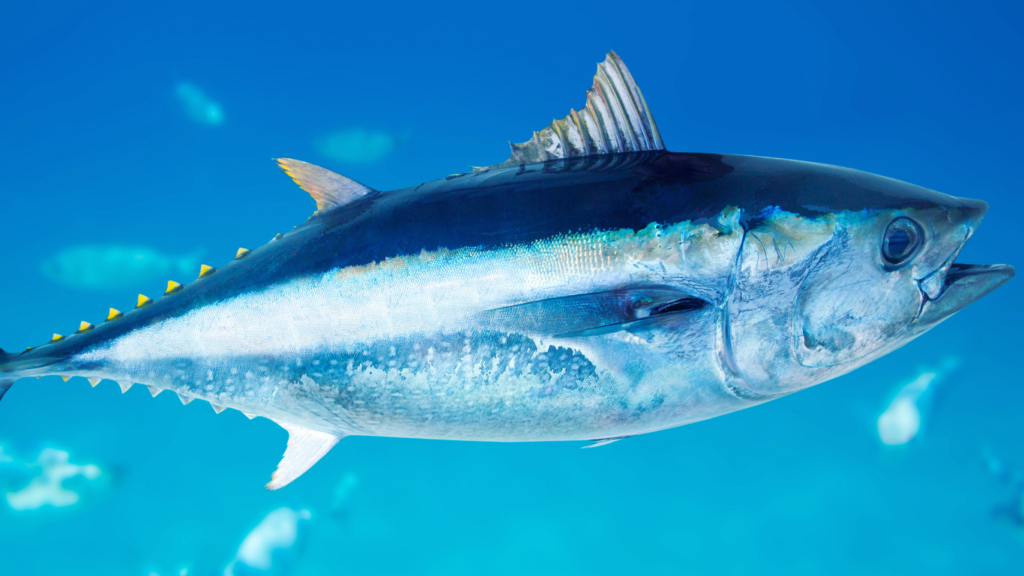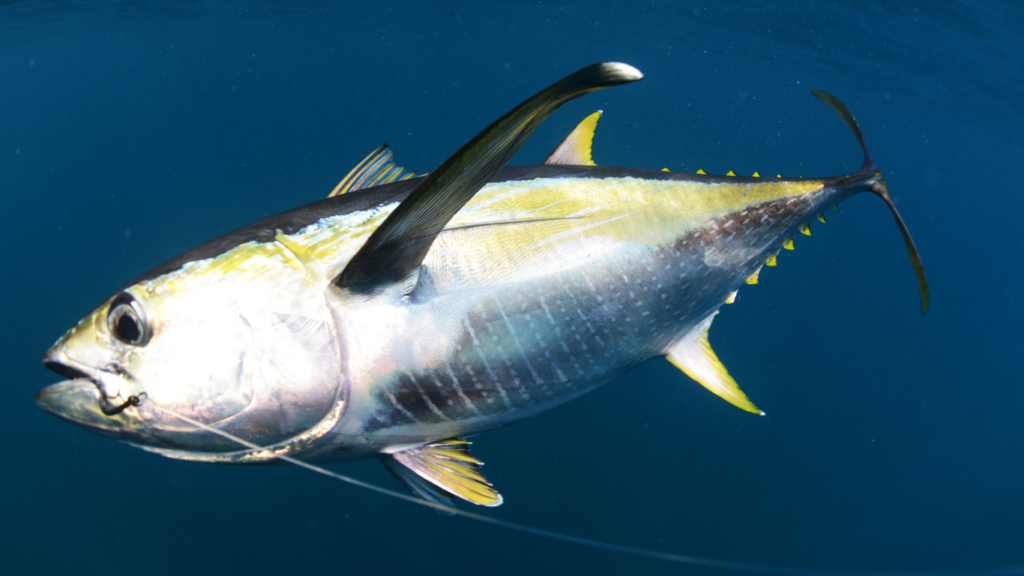Overview Of The World’s Most Expensive Fish
The most expensive fish ever caught and sold is the Pacific bluefin tuna. In January 2019, a 612-pound bluefin tuna fetched $3.1 million at an auction in Tokyo’s Toyosu Fish Market. This sale broke its previous record by over $1 million, cementing its status in the seafood market.
Rarity significantly influences the high value of the Pacific bluefin. The species faces overfishing concerns, making large specimens increasingly rare. High demand in Japanese cuisine, especially for sushi and sashimi, further escalates prices. Restaurants compete fiercely to secure such prized catches.
Cultural importance also drives the premium cost. In Japan, auctions for the season’s first catch carry symbolic prestige. Buyers often bid high amounts to gain media attention and boost their brand reputation. This adds an additional layer of importance to record-breaking sales like the 2019 bluefin.
Economic factors amplify the price as well. Limited availability combined with global interest from luxury restaurants creates intense competition, increasing bids at auctions. This demand for exclusivity and quality ensures prices remain astronomical.
The Record-Breaking Catch

The record for the most expensive fish ever sold belongs to a Pacific bluefin tuna that fetched $3.1 million at auction. This extraordinary fish drew global attention for its unmatched value and status.
Description Of The Fish
The Pacific bluefin tuna weighed 612 pounds and exemplified premium quality. Its deep red, marbled flesh represented the highest standard desired for sushi-grade tuna. This particular fish was prized not only for its size but also for its exceptional fat content, a key factor in determining value.
Where And When It Was Caught
The tuna was caught off the Aomori Prefecture in northern Japan in January 2019. The timing coincided with Japan’s peak tuna auction season, intensifying competition among bidders. The fish was eventually sold at Tokyo’s Toyosu Fish Market, known for hosting some of the world’s most high-stakes seafood auctions.
The Mind-Blowing Auction
The January 2019 tuna auction at Tokyo’s Toyosu Fish Market witnessed a historic moment. The sale of a Pacific bluefin tuna for $3.1 million set an unprecedented record in the seafood industry.
Who Bought The Fish
Kiyoshi Kimura, known as the “Tuna King,” purchased the record-breaking fish. As the CEO of Kiyomura Corporation, which operates the Sushi Zanmai restaurant chain, Kimura has a history of dominating these auctions. He attained global attention by consistently securing top bids, cementing his reputation as a connoisseur of premium seafood.
The Final Selling Price
The Pacific bluefin tuna sold for $3.1 million, equivalent to roughly $5,065 per pound for the 612-pound fish. This sale shattered the previous record of $1.76 million, underscoring the escalating value of rare seafood in luxury markets. The publicity generated through this sale significantly boosted the brand visibility of Kimura’s Sushi Zanmai and symbolized the growing global fascination with high-stakes tuna auctions.
The Significance Of The Sale
The $3.1 million Pacific bluefin tuna sale reshaped perspectives on the economic and cultural value of seafood. This event had far-reaching effects, influencing industries and societal perceptions beyond a single auction.
Impact On The Fishing Industry
- This sale highlighted the overfishing crisis, especially concerning Pacific bluefin tuna stocks.
- The fish’s rarity, driven by declining populations, pressured governments and organizations to implement stricter conservation measures.
- Fishing quotas and sustainable practices gained prominence, with global fisheries re-evaluating their strategies to balance demand with ecological preservation.
- The auction’s high price also increased visibility for premium fisheries.
- It reinforced the economic potential of sustainable practices, encouraging commercial fisheries to target high-quality catches rather than maximize volume.
This shift impacts licensing, equipment investments, and long-term industry planning.
Cultural And Economic Importance
The sale underscored Japan’s cultural ties to tuna, particularly in sushi and sashimi. Bidding wars at auctions often symbolize more than financial heft; they’re tied to:
- honor
- national pride
- traditional customs
The record-breaking purchase solidified the Pacific bluefin’s image as a coveted luxury item, revered in both local and international gastronomy.
Economically, this sale boosted Kiyomura Corporation’s visibility, drawing attention to the exclusivity of high-grade seafood. Media coverage and global interest heightened awareness of luxury dining markets, encouraging restaurants worldwide to engage in high-profile seafood purchasing. Such events also drive tourism around fish markets, amplifying their economic impact beyond the seafood industry.
Other Notable Expensive Fish Sales
High-end fish auctions consistently showcase extravagant sales, where competition and rarity drive prices to unprecedented levels. Several other record-breaking transactions illustrate the demand for premium seafood and its cultural importance.
Comparisons To Previous Records
Multiple Pacific bluefin tuna sales have previously broken records, with significant price jumps over the years. In 2013, the same Kiyoshi Kimura paid $1.76 million for a 489-pound tuna, which equated to approximately $3,600 per pound. This held the record until the 2019 sale of $3.1 million. Another notable sale occurred in 2018 when a bluefin fetched $323,195 at auction—considerably lower than record figures but still highlighting premium pricing trends.
Other species also contribute to high-value fisheries. In 2016, a Chinese-breed ornamental fish called the Asian arowana, or “dragon fish,” sold for $300,000. Rare specimens like golden-colored arowanas command such prices due to their status symbols in Southeast Asia, reinforcing cultural and aesthetic value layers seen with tuna auctions.
Trends In High-End Fish Auctions
Auction trends display increasing bids for rare, high-demand species like bluefin tuna. Demand from luxury sushi markets, particularly in Japan and globally, intensifies these competitions. Seasonal auctions, such as Toyosu’s opening-year event, act as prestige moments for buyers seeking media attention and brand elevation, adding symbolic value to their purchase.
Cultural dynamics play a significant role. Japan traditionally celebrates the year’s first tuna, resulting in aggressive bidding wars. This creates a cycle where status, tradition, and market interest repeatedly elevate prices. Advances in technology, including real-time global bidding and logistics supporting transportation of fresh fish worldwide, also fuel international interest, further driving auction prices.





